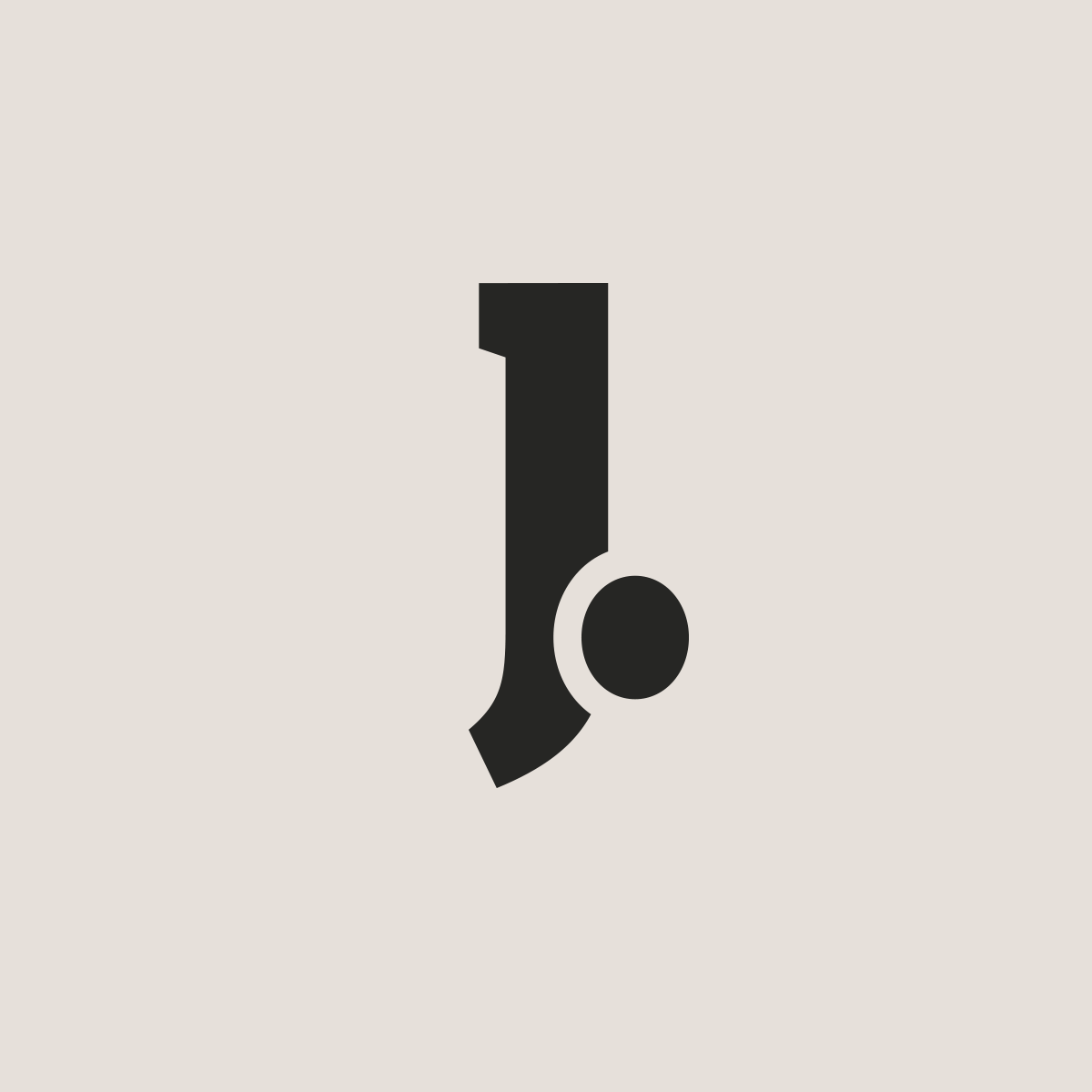There are a million analogies about what it is like to solve creative problems, whether in UX or not. Michelangelo said he could see the sculpture in the stone. Maybe to you it’s more like Sudoku or composing music.
To me, UX is like solving a crossword puzzle.
Sometimes I think it is dangerous to use vague analogies to describe a process. They are easy to stretch, or misinterpret, or abuse. I don’t mean to say that the process of UX and a crossword puzzle are the same in every way, but it might help you to think about UX this way when you have to work on something that takes a long time, or when you’re frustrated with your progress.
And it might be worth knowing that I am definitely not an expert in crossword puzzles. :)
****
Before we even look at a crossword puzzle, there is one thing about crosswords that is true for UX as well: use a pencil, not a pen.
Nothing is a guarantee, no matter how sure you are.
****
When you first open a crossword puzzle, it is usually a bad idea to start writing in any word that fits in the space you have. Obviously, we need to know what the clues are.
But in UX, it is amazing how often people make a guess or just design something beautiful without any information, and then run with it!
Just because you like the answer and it fits in the boxes, doesn’t mean it’s correct.
You have to do the work.
****
When I start a crossword puzzle, the first thing I do is read all the clues. There are always a few that are pretty easy and the answer immediately comes to mind.
Crosswords are designed this way, but this is also true of real-life problems.
When you step back and say “Ok, what do we know?” you can usually identify a few fundamental truths about your users and your problem.
UX truths usually come in the form of restrictions.
If the site has articles, they should be long blocks of text and have headlines. You probably need a search. And a main menu. And somewhere for ads.
There is a small chance these things are wrong, but everything we know says they are right, so we fill them in.
Notice that they are not subjective things like “lower prices sell more” or “free trials make us look weak” or “a hat with fruit on it makes me look smart”.
Just the facts.
This is not the same as solving easy problems first. A LOT of companies put all their attention on “low hanging fruit” and two years later they haven’t fixed much, because all the big problems still exist.
Solving one big problem is worth as much as solving 100 little ones.
What I am saying is: start with what you know or what is easy to find out. Sometimes you know an answer immediately because of experience, not because it’s easy for everyone.
****
Then you can focus on the areas that will provide the most information: the ones close to what you know, and the big answers. Sometimes those are the hardest, most complex questions.
The same is true in UX. What you know, even if it isn’t much, will lead you to more answers. But if you have to start somewhere, start with the big questions, not the details.
You might be interpreting your data and wonder why the bounce rate jumped up. You have no idea why, at first, but when you notice that the amount of visitors also jumped up. The best explanation now has two symptoms to explain. When you see that all the extra traffic went to your new landing page, the reasons for the bounce rate start to become clearer and fewer.
Maybe you ran a campaign. Maybe someone famous tweeted the link. You don’t know yet, but you know where to look.
“Elementary, my dear Watson.”
****
As you fill in more and more answers, you start to get answers from answers. You begin to know a lot about what the answers aren’t, which eliminates everything except the real answer.
Also, it’s worth noticing that those answers were impossible when you first looked at the puzzle. They came from you and your work.
UX is a process. Not just a skill set.
As you talk to users and follow trends in your data, and A/B test different designs, you might start to realize that they don't trust your landing page, or campaign, or blog (or whatever) even though nobody has said that directly to you, you didn’t test it, and data doesn’t show “trust”.
****
From time to time you will find that the answer you thought was correct, wasn’t. Those incorrect answers will conflict with other answers you have researched and proven. This is one aspect of crosswords that is very similar to UX.
Often you will uncover your own assumptions by testing many of the things around that assumption. This can be a tough thing to admit to yourself, but in a crossword it is pretty objective. Either that one word is wrong, or these other 4 words are wrong.
What’s more likely? One mistake, or four?
Sometimes it takes days of thinking and sketching and research to realize that the incorrect answer is something you believed to be true, but haven’t actually tried or proven.
But those, to me, are the most rewarding moments in UX.
****
As with all processes, there will be moments when it feels like you don’t know enough or have enough information. But, like all processes, if you keep working, eventually something will fall out, or you’ll have an epiphany — or you’ll prove that your approach is just wrong.
Start with the big stuff. Work your way to the details. But most importantly: don’t stop.
J.
